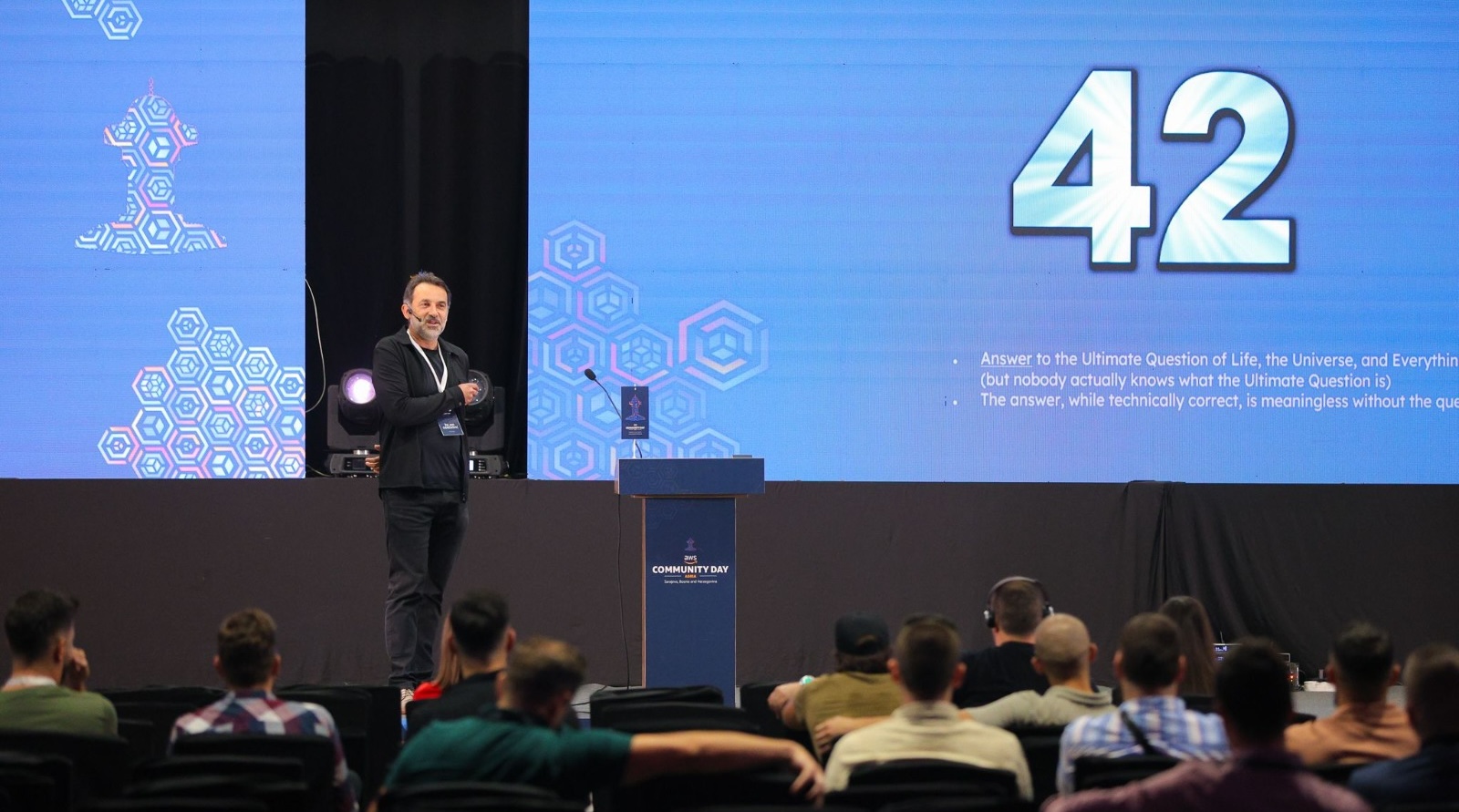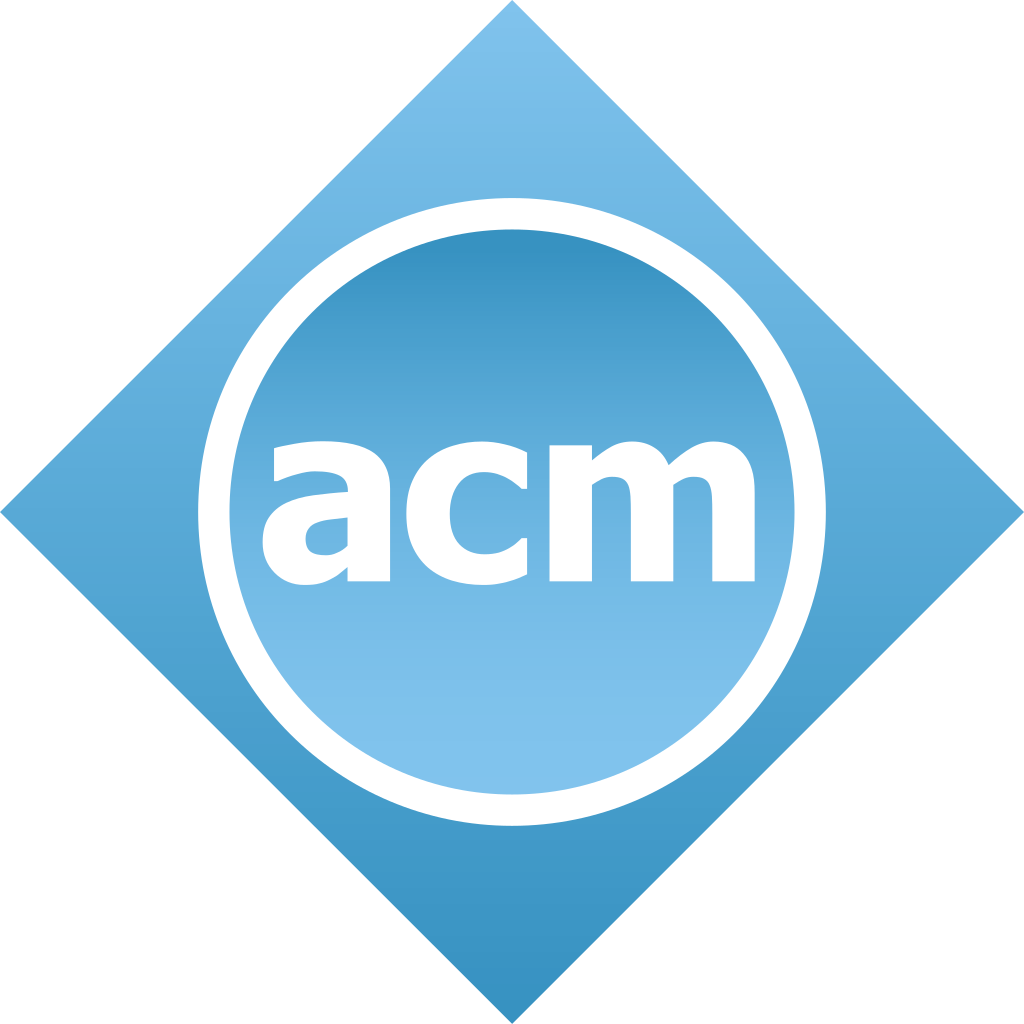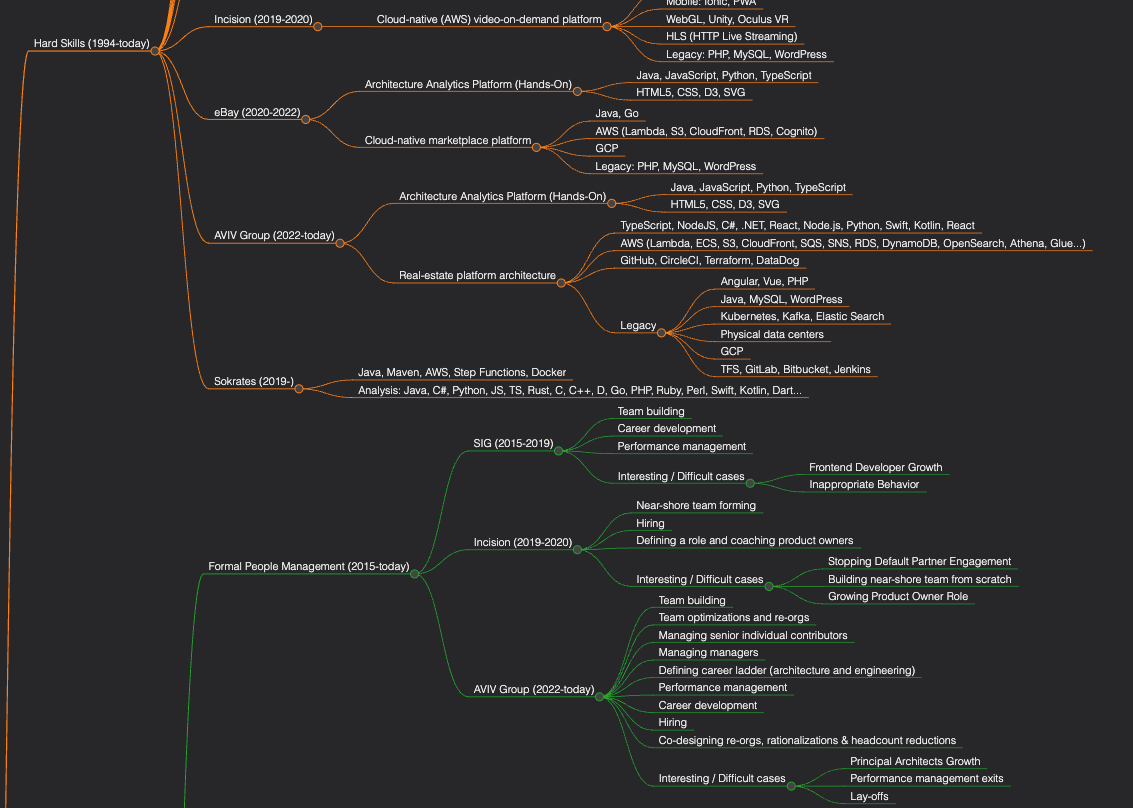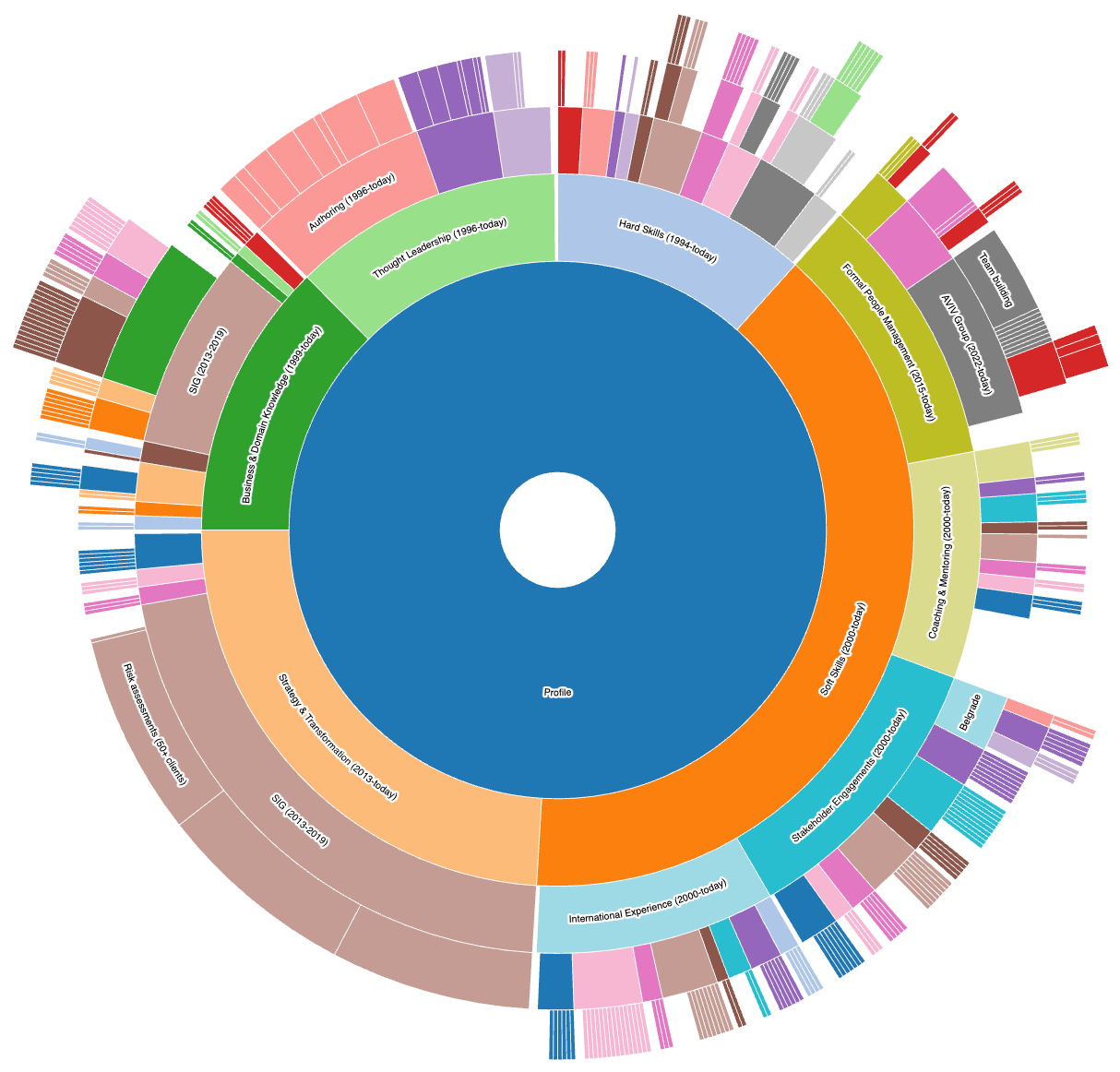ŽeljkoObrenović
Executive Technology Leader | Chief Architect | CTO

Photo: Konstantinos Siaterlis (during the presentation at the AWS Community Day Adria, Sarajevo 2025)
EXECUTIVE SUMMARY
- Pragmatic technology executive with 25+ years of experience leading large-scale architecture, platform modernization, and organizational transformation across global, multi-brand enterprises.
- Proven record of bridging strategy and implementation, unifying technology landscapes, driving cost savings, and accelerating innovation.
- Hybrid leader—part technologist, strategist, researcher, and people leader—trusted to deliver clarity and impact in complex, high-stakes environments.
CORE LEADERSHIP STRENGTHS
- Enterprise & Solution Architecture Leadership
- Technology Strategy & Transformation
- M&A Technical Due Diligence & Integration
- Cloud, Data, & Platform Modernization
- Engineering Culture & Organizational Design
- Cost Optimization & FinOps Strategy
- Innovation: AI, VR, Data Analytics
- Cross-functional Leadership (100+ teams)
Career Overview
Jobs
| Senior Engineering Director Chief Architect | |||
| Principal Architect | |||
| Chief Technology Officer (CTO) | |||
| Principal Consultant Head of Analytics & Measurements | |||
| Technology Consultant | |||
| Assistant Professor | |||
| Postdoc Researcher | |||
| IT Architect Software Developer | |||
| Freelance Software Developer |
Open Source Projects
| Sokrates.dev | |||
| Sketchify | |||
| AMICO |
Honorary Roles
| Engineering Excellence, Engineering Leadership Community | |||
| Chief Architects Network (CAN) Member | |||
| Chief Architects Forum (CAF) Member | |||
| IEEE Software Editoral Board Member | |||
| IEEE Computer Editoral Board Member | |||
| IEEE IT Professional Editoral Board Member | |||
| LAC Program Comitee Member | |||
| Guest Lecturer | |||
| ACM Senior Member | |||
| Guest Lecturer | |||
| W3C Multimedia Semantics Incubator Group | |||
| Visiting Assistant Professor |
Education
| Ph.D., Computer Science | |||
| M.Sc., Computer Science | |||
| Bachelor Degree |
Other Profession Highlight
I am actively involved in other professional activities, including standardization, reviewing, and conference and workshop program committee memberships.
 Honors and Grants
Honors and Grants
- October 2012 - Awarded the ACM Senior Membership (given to individuals who have 'demonstrated performance that sets them apart from their peers through technical leadership, and technical or professional contributions.')
- June 2006 - Recognized as a multimodal interface 'guru' by SIMILAR, European Network of Excellence dedicated to multimodal interfaces.
- January 2000 – January 2002 – M.S. scholarship grant (first in rank) from The Ministry of Science, Research, and Technology, The Government of Serbia
Professional Memberships
- Member of the ACM
- Member of the IEEE Computer Society
- Member of the International Association of Software Architects
- Member of the System Architecture Study Group
My journey in technology leadership has not been a straight line but rather a winding path driven by a relentless curiosity to understand how things work—not just the code, but also the companies, teams, and strategies behind it. It starts with the raw mechanics of programming and evolves into orchestrating the complex systems of people and technology that power global businesses.

The Foundation: From Code to Craft (1994-2005)
It all began in the trenches of freelance development in 1994 during my undergraduate studies. The world was waking up to the digital age, and I was right there with it, my hands deep in the early technologies such as Clipper, Visual C++, and the first whispers of Java and VRML (Virtual Reality Modeling Language). This work was pure creation, solving problems one line of code at a time and wrestling with databases like SQL Server and Oracle to bring applications to life. I learned to respect databases—SQL Server, Oracle, even stubborn Access—because data outlives code. Those years taught me two habits I still carry: get the job done as an engineer, and keep learning, fast.
My first formal role as a Software Engineer at CKISIP in Belgrade solidified this foundation. For six years, I honed my craft by building robust systems and expanding my toolkit across Windows, UNIX, and Solaris. But I wasn't just building; I was also teaching. Mentoring software engineering students and teaching university courses ignited a new passion: sharing knowledge and helping others grow. My early experiences in the military and research sectors taught me the importance of discipline and rigor, lessons that would shape my entire career.
The Academic Detour: Deepening the 'Why' (2006-2012)
Driven by a desire to understand the fundamental principles behind the code, I stepped into the world of academia. At CWI in Amsterdam and later at TU/e in Eindhoven, my focus shifted from what to build to how and why. Through research projects like AMICO and Sketchify, I discovered the craft of building novel interactive systems and elegance of interactive data visualization I still love today.
This period was transformative for me. It involved not just research but also shaping the next generation of thinkers. I supervised PhD and Master's students, taught courses, and collaborated with industrial giants like Philips and TomTom. This experience taught me how to articulate complex ideas, question assumptions, and bridge the gap between theoretical research and practical application.
The Bridge to Business: From Theory to Impact (2012-2019)
Armed with a unique blend of deep technical knowledge and academic rigor, I returned to the industry, eager to make a broader impact. A stint at Backbase introduced me to the fast-paced world of digital banking, where I learned to navigate the complexities of enterprise portals and client-facing architecture.
However, it was my six years at Software Improvement Group (SIG) that truly defined my trajectory. As a consultant, I became a "software archaeologist," analyzing the codebases of over 50 clients across finance, the public sector, and tech. I advised CTOs on multi-million dollar decisions, conducted technical due diligence for mergers and acquisitions, and co-designed technology roadmaps.
This role was the ultimate crucible. I observed what worked and what didn't across various industries. More importantly, it marked my transition into formal people management. I learned to build teams, nurture careers, and handle difficult situations with empathy and resolve—like developing a talented but struggling developer into a confident frontend lead. I was no longer just building software; I was building the capabilities of organizations.
Scaling Leadership: Strategy, Transformation, and People (2019-Today)
In recent years, my focus has been on leveraging this accumulated experience to drive large-scale transformation. At Incision, I stepped in as CTO to define the product and technology strategy for their surgical education platform. We built a near-shore team from scratch, navigated a pivot to a mobile-first model, and embraced a cloud-native architecture using AWS Lambda and serverless frameworks.
Then, at eBay, the scale became global. As a Principal Architect, I helped drive clarity and strategy following a major merger. I was instrumental in complex transformation projects, including migrating massive data centers to AWS and untangling legacy platforms. Here, I honed my ability to mentor senior architects and influence strategy at the highest levels of a global tech giant.
Today, at AVIV Group, I bring all these threads together. I co-design our group-wide transformation strategy, guiding our real estate platforms through brand mergers and technological evolution. My daily responsibilities encompass a broad spectrum of tasks, from in-depth architectural analysis to managing managers, defining career ladders, and co-designing organizational changes, including sensitive processes like headcount reductions. In this role, I must seamlessly switch between high-level discussions with the CFO and in-depth technical sessions with principal architects.
Throughout this journey, I've remained an active voice in the community—authoring books like "Grounded Architecture," contributing to open-source projects with my Sokrates analysis tool, and engaging with peers on the IEEE Software Board. This involvement keeps my perspective fresh and allows me to bring outside ideas in, accelerating our growth and innovation.



